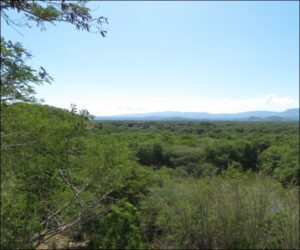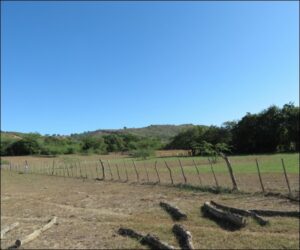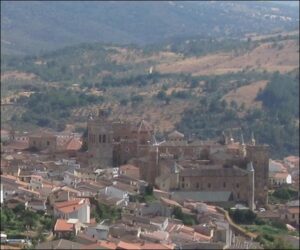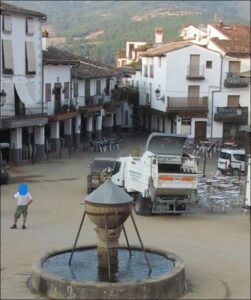As related in my books and posts, Columbus enslaved Taínos and other indigenous peoples to serve as guides and interpreters as he explored about the Caribbean and subjugated “Española.” The most well-known of these boys and young men was the Taíno youth seized on Guanahaní (San Salvador) on October 14, 1492, and baptized in Barcelona by Queen Isabella and King Ferdinand as “Diego Colón” in 1493 (whom my books give the birth name “Bakako”).
As depicted in Encounters Unforeseen and Columbus and Caonabó, this Taíno Diego Colón translated for Columbus during the first voyage, including in the conversations with Chief Guacanagarí, and during the second, including with Guacanagarí, Chief Guarionex, and the caciques met on the Cuban exploration. But his task as Columbus’s daily interpreter ended when Columbus married him to a sister of Guarionex in early March 1495 to cement the understandings then struck, as discussed in the post of February 25, 2023 (columbus-and-chief-guarionex-parley). The marriage made him a cacique. Primary sources allow following Chief Diego Colón’s life through 1517, and he remains a protagonist in the next sequel I’m writing (1498–1502 Retold).
Following that marriage, Columbus conscripted at least two other Taíno youths to serve as his daily interpreters on Española, whom he would take to Spain in 1496 and utilize on the third voyage he then envisioned. Primary sources don’t indicate the birth origins of the two, and in Columbus and Caonabó, I speculate they were seized in Taíno villages close by Isabela. They would be baptized “Cristóbal” and “Pedro” on July 29, 1496, at the high altar of the Monastery of Santa María de Guadalupe in Spain while Columbus traveled to meet Isabella and Ferdinand in Burgos. Columbus had taken Diego Colón and other enslaved interpreters to that monastery in 1493.
As portrayed in Columbus and Caonabó, sometime in early 1496 (528 years ago), prior to departing for Spain with these two, Columbus awarded Diego Colón a small village on farmland nearby Guarionex and Fort Concepción, with rule over the villagers.
The first photo shows the Bajabonico River floodplain and hills nearby Isabela, the region from which I suspect the Taíno Cristóbal and Pedro were conscripted, and the second shows a plot of land in that area identified to have been the site of a Taíno village. The last two photos show the Monastery of Santa María de Guadalupe in Guadalupe, Spain, and the fountain before it, where all three of Diego Colón, Cristóbal, and Pedro are said to have bathed.




